Rosa Suen - Read Music Notes Fast Level 1-- Visual Brain Recognition, No Counting
Here you can read online Rosa Suen - Read Music Notes Fast Level 1-- Visual Brain Recognition, No Counting full text of the book (entire story) in english for free. Download pdf and epub, get meaning, cover and reviews about this ebook. year: 2015, publisher: RR Publishing LLC, genre: Humor. Description of the work, (preface) as well as reviews are available. Best literature library LitArk.com created for fans of good reading and offers a wide selection of genres:
Romance novel
Science fiction
Adventure
Detective
Science
History
Home and family
Prose
Art
Politics
Computer
Non-fiction
Religion
Business
Children
Humor
Choose a favorite category and find really read worthwhile books. Enjoy immersion in the world of imagination, feel the emotions of the characters or learn something new for yourself, make an fascinating discovery.
Read Music Notes Fast Level 1-- Visual Brain Recognition, No Counting: summary, description and annotation
We offer to read an annotation, description, summary or preface (depends on what the author of the book "Read Music Notes Fast Level 1-- Visual Brain Recognition, No Counting" wrote himself). If you haven't found the necessary information about the book — write in the comments, we will try to find it.
Read Music Notes FAST Level 1:Beginners - Visual Memory in the Brain!
Are you struggling with Reading Music Notes when you play your instruments?
Are you frustrated with Reading Music Notes accurately?
Here's the Secret: Don't Count. You have been counting the lines on the Treble & Bass Clef.
This is an in-depth look into Reading 22 Music Notes Quickly from Treble Clef & Bass Clef with my Unique Note Attack Method! There is NO need to Count. Counting Slows you down!
This book can also be used by Music Teachers or Parents who want to teach their children to 'Read Music Fast'. You can use these videos to guide your children in this Music Note Attack Method. Children learn much faster in this way as they learn to visualize these notes in their brain.
******************************************
Reading Music: Traditional Way vs Non-Traditional Way
It is FUN to learn to read music. There are some basic music fundamentals that you need to learn in order to be able to start reading music. You need to understand the music staff, the grand staff, the lines, the spaces, the alphabets, the letter names, treble clef, bass clef & middle C.
I show you the Traditional Method of how students are taught to read music. The Traditional method WORKS but it is slow going. It is good for you to know the Traditional Method. We don't want to throw away what works. We want to improve on 'what works' to make it 'more fun' for beginners to overcome the frustrations of reading music! This is how my Note Attack & Say It Method got developed as I saw the joy of seeing students gaining confidence in these drills and exercises of moving from Level 1 (The Note Attack Method) to Level 2 (Application of the Note Attack Method) & then onto Level 3 (Drilling Exercises with Speed).
Rosa's Music Note Attack Method:
1. Intuitive Visual Recognition
2. Visual Memory in the Brain
3. Say it out Loud to store in Brain
4. Practice Smart - Exercises
You only need to know 7 alphabet letters: A B C D E F G. Once you learn to read these letters forward and backward using my Unique method, you will tap into the power of reading music notes quickly with confidence. This will help you overcome all the years of fear and frustrations in reading music, and the reward you receive is for a life time.
You learn to see the notes and read them like you read the names of your friends.
************************************************
This is a UNIQUE Method that I develop for BEGINNERS who wants to learn how to read notes and to read them QUICKLY!
Have Fun!
Rosa
Rosa Suen: author's other books
Who wrote Read Music Notes Fast Level 1-- Visual Brain Recognition, No Counting? Find out the surname, the name of the author of the book and a list of all author's works by series.

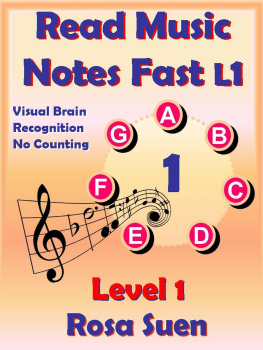
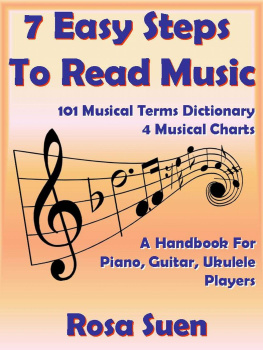
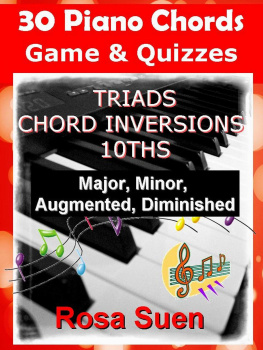
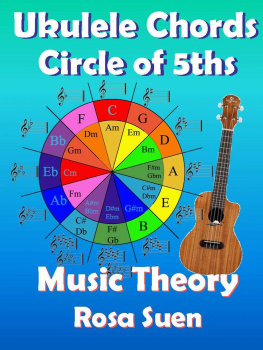
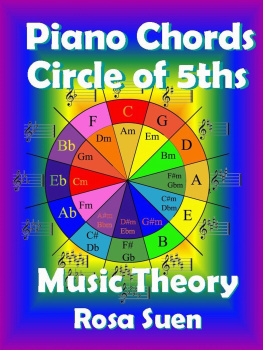
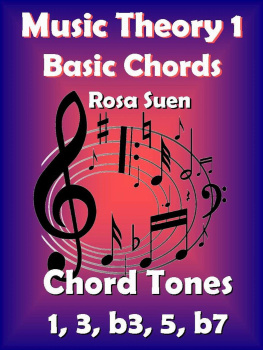

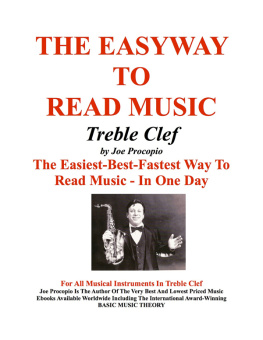

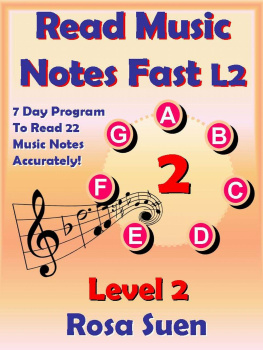
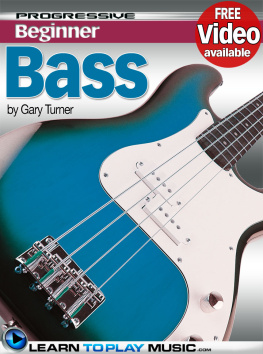
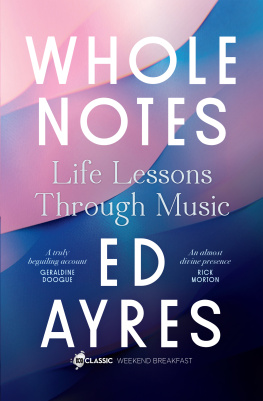

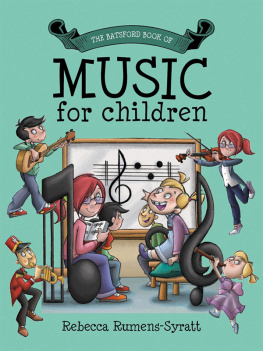
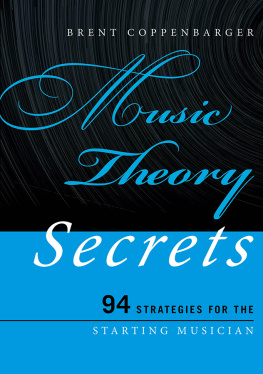
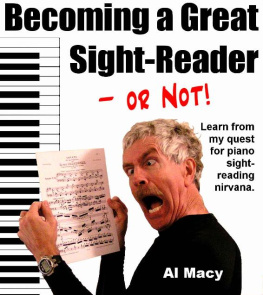

 Rosa Suen Learn Piano With Rosa Click to Get Discount Coupon for this Video Course Read Music Notes Fast With Rosa Level 1 Author: Rosa Suen Cover Design: Raymond Suen E m ail: Rosa@LearnPianoWithRosa.com Copyright 2015 By Learn Piano With Rosa Studio All Rights Reserved. No part of this book may be reproduced, copied, stored, or transmitted in any form or by any means graphic, electronic, or mechanical, including photocopying, recording, or in information storage and retrieval systems without the prior written permission of Rosablanca Suen. This ebook is licensed for your personal enjoyment only. This ebook may not be re-sold or given away to other people. If you would like to share this book with another person, please purchase an additional copy for each recipient.
Rosa Suen Learn Piano With Rosa Click to Get Discount Coupon for this Video Course Read Music Notes Fast With Rosa Level 1 Author: Rosa Suen Cover Design: Raymond Suen E m ail: Rosa@LearnPianoWithRosa.com Copyright 2015 By Learn Piano With Rosa Studio All Rights Reserved. No part of this book may be reproduced, copied, stored, or transmitted in any form or by any means graphic, electronic, or mechanical, including photocopying, recording, or in information storage and retrieval systems without the prior written permission of Rosablanca Suen. This ebook is licensed for your personal enjoyment only. This ebook may not be re-sold or given away to other people. If you would like to share this book with another person, please purchase an additional copy for each recipient. Y ou can connect with me by visiting my Website: 1.
Y ou can connect with me by visiting my Website: 1.  You can write to me at: Rosa@LearnPianoWithRosa.com
You can write to me at: Rosa@LearnPianoWithRosa.com Each line and each space represent a different musical pitch.
Each line and each space represent a different musical pitch. 


 T he Grand Staff actually consists of 11 lines:
T he Grand Staff actually consists of 11 lines:  If we read music with all these 11 lines, it is very clumsy and for this reason, the Treble Clef is put on the first 5 lines, and the Bass Clef is put on the bottom last 5 lines. The middle line is invisible, you don't usually see it drawn there.
If we read music with all these 11 lines, it is very clumsy and for this reason, the Treble Clef is put on the first 5 lines, and the Bass Clef is put on the bottom last 5 lines. The middle line is invisible, you don't usually see it drawn there.